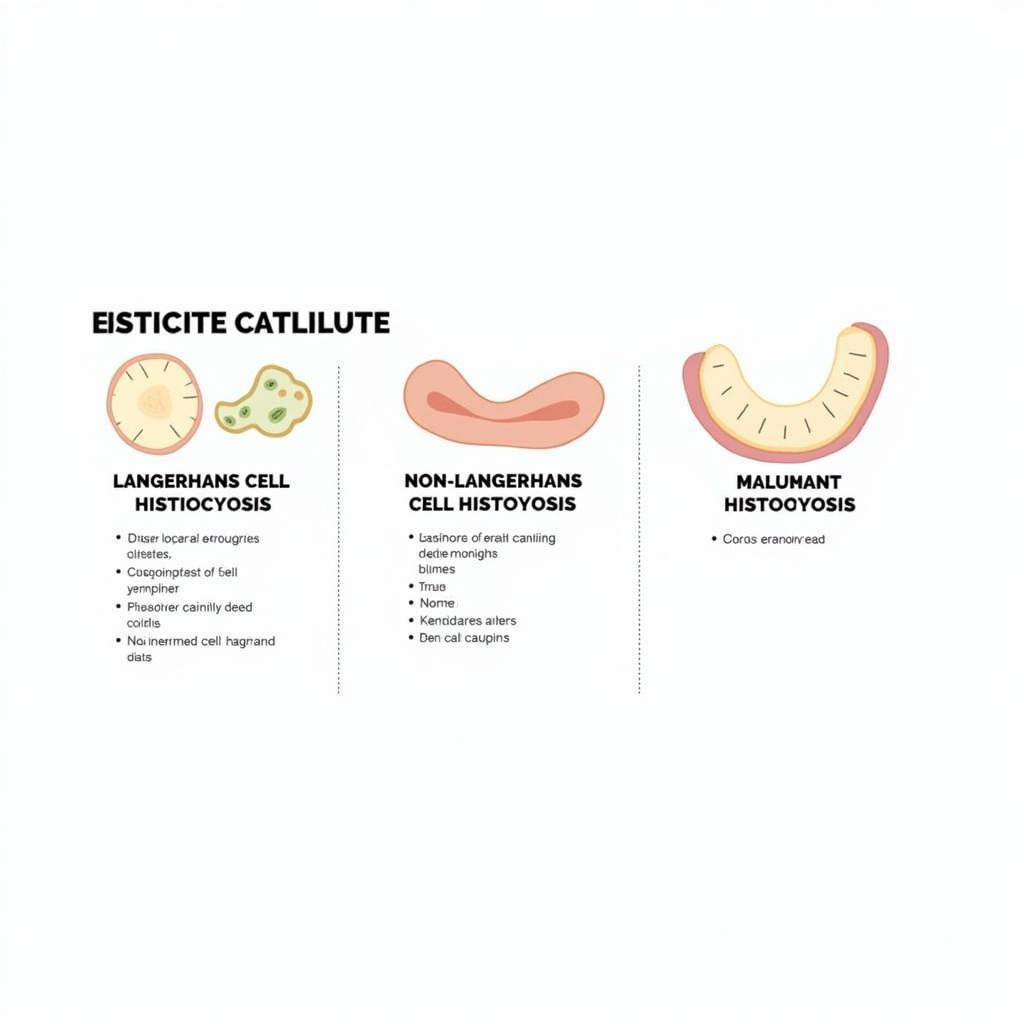Histiocyte Society encompasses a group of rare disorders that occur when the body produces too many histiocytes, a type of white blood cell. These disorders are often challenging to diagnose and manage, impacting individuals and families physically, emotionally, and practically. This article delves into the world of histiocyte society, offering valuable information, resources, and a message of hope to those affected.
What is Histiocyte Society?
Histiocyte society disorders, also known as histiocytosis, are characterized by the abnormal accumulation and proliferation of histiocytes in various parts of the body. These cells, normally responsible for engulfing and destroying foreign substances, can become overactive and cause damage to tissues and organs.
While the exact causes of histiocyte society disorders remain unclear, research suggests a combination of genetic predisposition and environmental triggers may play a role.
Types of Histiocyte Society Disorders
Histiocyte society disorders are broadly categorized into three main groups:
- Langerhans Cell Histiocytosis (LCH): The most common type, LCH typically affects children under 10 years old but can occur at any age. It often involves the bones, skin, and pituitary gland.
- Non-Langerhans Cell Histiocytosis: This group includes a diverse range of rarer disorders, such as Erdheim-Chester disease and juvenile xanthogranuloma. These conditions can affect various organs, including the skin, bones, lungs, and central nervous system.
- Malignant Histiocytosis: A rare and aggressive form of cancer that affects the lymph nodes and bone marrow.
 Types of Histiocyte Society Disorders
Types of Histiocyte Society Disorders
Signs and Symptoms
The symptoms of histiocyte society disorders vary greatly depending on the specific type, the affected organs, and the individual.
Common signs and symptoms can include:
- Bone pain and fractures
- Skin rashes and lesions
- Swollen lymph nodes
- Frequent infections
- Fever
- Weight loss
- Fatigue
Diagnosis and Treatment
Diagnosing histiocyte society disorders often involves a combination of:
- Medical history and physical exam: A doctor will thoroughly review the patient’s medical history, symptoms, and conduct a physical examination.
- Imaging tests: X-rays, CT scans, MRI scans, and PET scans can help visualize affected areas and assess the extent of the disease.
- Biopsy: A small sample of tissue is taken from the affected area and examined under a microscope to confirm the diagnosis.
Treatment options depend on the specific type and severity of the histiocyte society disorder. Common approaches include:
- Observation: Some mild cases may resolve on their own without treatment.
- Medications: Corticosteroids, chemotherapy drugs, and targeted therapies can help control inflammation, slow down cell growth, and manage symptoms.
- Surgery: In some cases, surgery may be necessary to remove affected tissue or repair damaged organs.
- Radiation therapy: High-energy radiation can be used to target and destroy abnormal cells.
Living with Histiocyte Society
Living with a rare disorder like histiocyte society can be challenging, but there is hope. With advancements in medical research and treatment options, many individuals with histiocyte society disorders lead full and meaningful lives.
Here are some ways to navigate the challenges:
- Seek support: Connect with support groups and online communities to share experiences, find resources, and build connections with others who understand.
- Stay informed: Stay up-to-date on the latest research, treatment options, and clinical trials.
- Advocate for your health: Communicate openly with your healthcare team, ask questions, and advocate for your needs.
- Prioritize self-care: Focus on maintaining a healthy lifestyle through proper nutrition, exercise, and stress management.
 Support and Hope for Histiocyte Society
Support and Hope for Histiocyte Society
Finding Hope and Moving Forward
Histiocyte society disorders may present unique challenges, but they do not define a person’s life. By embracing knowledge, seeking support, and advocating for optimal care, individuals and families affected by these conditions can navigate the journey with resilience and hope.